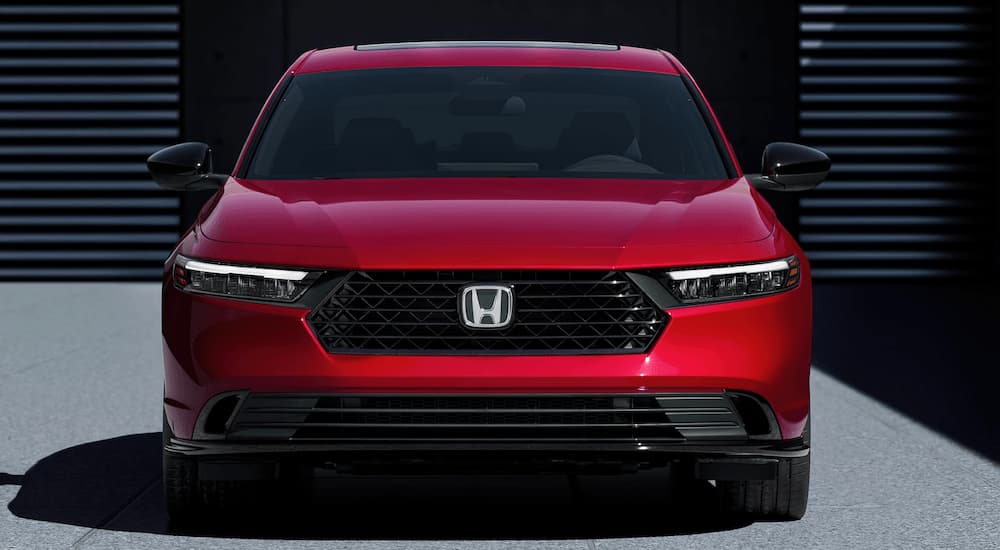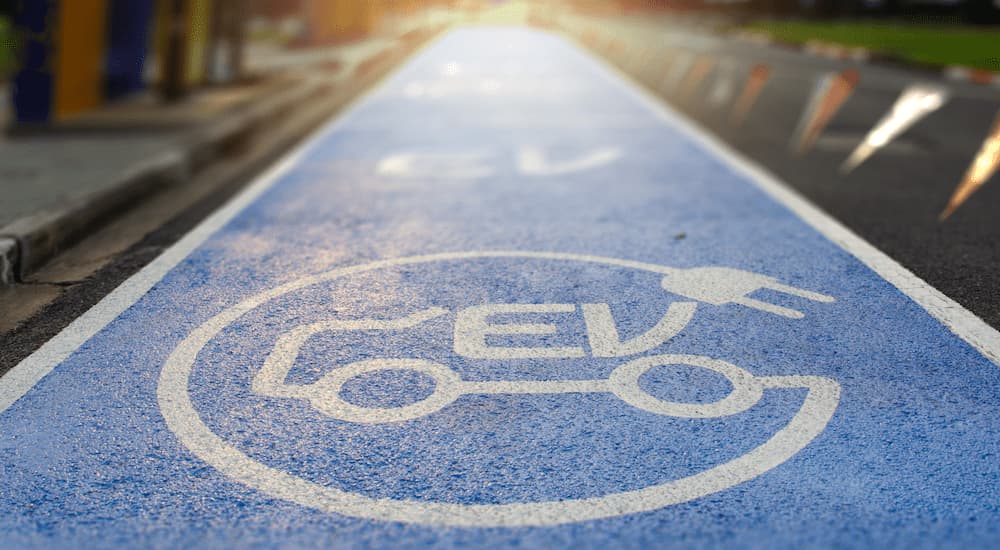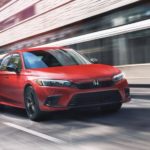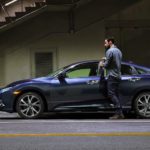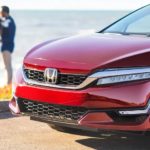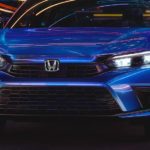You may have noticed an electric vehicle race happening among manufacturers. Everyone’s joining in, even the unexpected contenders. Ram is participating with their 2024 Ram 1500 EV. Chevy has its Silverado EV. There’s an electric Hummer, an electric Cadillac, an electric Mustang…the list goes on. That’s not even to mention the major backorder happening of Tesla trucks, proving just how in-demand EVs are.
Drivers are scrambling to get their hands on vehicles that do not rely on fuel. With gas prices where they are and fuel supplies not increasing any time soon, you can’t blame them. Paying more upfront for an EV could mean savings as far as the eye can see in the future, thanks to a pump-free lifestyle. Not surprisingly, every Honda dealer in the country is getting more demand for electric vehicles.
Honda is known for its affordable and reliable vehicles. It’s only natural that fans of the manufacturer would like to see them add more EVs to their lineup, so they can continue to enjoy the budget-friendly nature of this brand while also going electric. The good news is that Honda does have plans to go electric––big plans. They’ve been announcing them far and wide and signing contracts with big players to make it happen. Here’s a look at Honda’s major EV blueprint.
Two Major Collaborations
Honda has announced that they plan on making two million EVs globally by 2030 and that by 2040 they will only be making battery-electric and hydrogen fuel-cell cars. That will look like roughly five million EVs annually. These might sound like big ambitions, but Honda isn’t doing it alone. Honda will be partnering with General Motors for their Ultium technology and with Sony (yes, you read that right––Sony). We’ll explain.
First off, Honda and General Motors are teaming up to develop three new platforms of varying sizes (essentially a small, medium, and large one). On the small platform, they’ll be making a mini commercial vehicle in Japan by 2024 known as a kei class vehicle. They will eventually make more of those for personal use. By 2026, they plan on making a full-size model on a large platform.
Honda and GM haven’t yet announced where exactly the vehicles will be made, so they could be in Honda facilities or GM facilities. We do know that GM will be helping Honda make two SUVs that will sit on the same platform found in the Cadillac Lyriq, the GMC Hummer EV, and the Chevrolet Silverado EV. Honda and GM have also stated they are particularly interested in creating some large-volume, budget-friendly EVs by 2027. These will be the Honda Prologue and an SUV that will be replacing the recently discontinued Acura NSX (but the new EV has no name yet). Honda will be using GM’s next-generation Ultium battery.
Naturally, the car forums are buzzing with curiosity as to whether or not this is part of GM’s grand plan to buy out Honda. If Honda is eventually using GM platforms, batteries, and factories, are they not then just…GM vehicles? We’ll let the Internet battle that one out.
Now onto this Honda-Sony collaboration. It’s a bit surprising, considering that Sony is known for sound systems and music, but Honda and Sony have plans to make their first EV together by 2025. They are, in fact, creating a new company titled Sony Honda Mobility Inc (did they toss a coin to see whose name came first?) The new company will be devoted to making EVs and offering mobility services. Word is that Honda will provide the manufacturing facilities, and Sony will provide the technology. We secretly can’t help but hope that the speaker system in this car is unlike anything we’ve ever heard before.
Note the Difference Between Electrified and Electric
Language matters, and while it’s exciting when the words “EV” and “electric” start showing up, things aren’t as simple as they seem. You will notice that Honda’s plan still involves using hydrogen fuel cell vehicles and hybrids. Fuel cell vehicles are still certainly more sustainable than internal combustion engines (aka traditional fuel-reliant engines). They are powered by hydrogen and when they’re running, compressed hydrogen gas gets delivered into the fuel cell (also called a stack). Rather than burning that gas the way a regular engine would, it converts chemical energy into electric energy, and that electricity makes the car run. Put simply: these vehicles don’t create harmful emissions like regular internal combustion engines do. So that’s good.
Electric vehicles are simpler. They draw energy from a battery, not unlike some appliances you might have in your home, toys your children might play with, or your phone. Some people believe that electric vehicles are better for the environment than hydrogen vehicles. In actuality, hydrogen is a renewable source, so we don’t need to worry about running out of it as we do with fossil fuels. Here’s the other catch: what happens if the electric grid were to go out? Pure electric vehicles wouldn’t be able to run. So in that way, there is a major downside to pure electric vehicles. You can see why Honda would want the flexibility to produce both types of cars.
Honda Is Also Making Its Own Batteries
While there are certainly collaborations powering Honda’s EV movement, there is one thing they’re doing solo: making solid-state batteries. It’s been reported that they will be investing roughly $343 million into developing solid-state batteries. These offer alternatives to lithium-ion batteries. They’re said to have better ranges, faster charging times, and lower risks of battery fires.
Many companies, including those that make trains and planes, are looking into solid-state batteries because of the obvious benefits. Solid-state batteries are not yet available from any manufacturer. Rumor has it that we should start seeing them roll onto the market in 2025. Investing in these is a smart move by Honda as it would make them less reliant on GM’s battery and would keep them ahead of EV trends.
Let’s Hope Honda Can Keep Up
You can’t help but admire Honda’s willingness to enter into the EV race this late in the game. Many of us thought that they would stubbornly hold onto their internal combustion engine ways until the end of time. They’ve certainly had their sales formula down to an art form, with cars like the Civic and Accord consistently topping sales charts. Many companies wouldn’t mess with perfection. However, Honda probably did a smart thing in realizing that electric vehicles matter, maybe just days before their customer base wanted to make the switch.
These plans will take some time, though. So it will be interesting to see if Honda will maintain its sales records in the interim while still mostly offering gas-reliant vehicles. It will also be interesting to see how their collaborations play out. We’d like to think that the Sony collaboration will result in something all new––and the same with the GM collaboration. But as is the case with many of these deals, products start to trend more towards one side than the other. So, will GM buy out Honda? Will Honda become Sony? And, will any of Honda’s EVs be good enough to compete with the other EVs from competing brands who have already been perfecting their products for years? Only time will tell.
